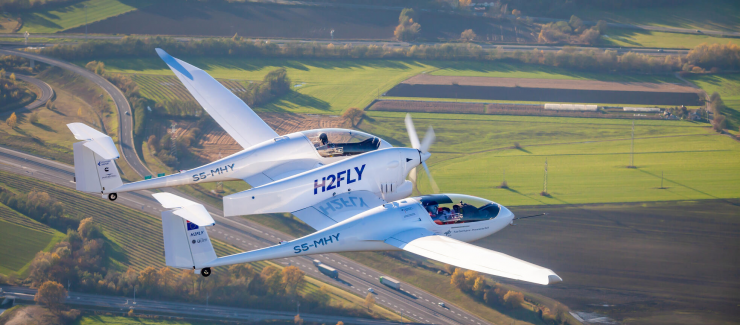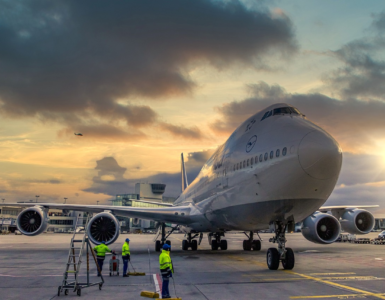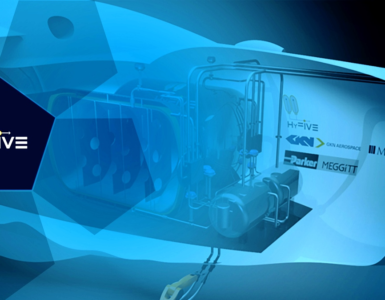H2Fly is ready for the next leg of its flight path to hydrogen powered commercial aviation – futureflight.
[FutureFlight] With more than a decade of development work under its belt, hydrogen propulsion pioneer H2Fly is now advancing efforts on a sixth-generation powertrain that it says has the potential to go into commercial service with 40-seat airliners on flights of up to around 2,500 km (1,563 miles).The Germany-based company has already had talks with several airlines about their requirements and in the next few months expects to announce partnerships and plans for the next stage of testing of a sustainable powertrain incorporating fuel cells and liquid hydrogen.
In 2020, H2Fly received a permit to fly its HY4 technology demonstrator aircraft powered by a 130 kW hydrogen-electric propulsion system. The company, formed in 2014 by five engineers from the German Aerospace Center in Stuttgart and the University of Ulm, conducted 76 flights, with some sorties lasting an hour or two.
🔥 What about we co-host a webinar? Let's educate, captivate, and convert the hydrogen economy!
Hydrogen Central is the global go-to online magazine for the hydrogen economy, we can help you host impactful webinars that become a global reference on your topic and are an evergreen source of leads. Click here to request more details
In July 2021, H2Fly and Munich-based Deutsche Aircraft agreed to collaborate on plans to convert a 1990s-vintage Dornier 328 regional airliner to hydrogen power.
The partners are working to be ready to start flight testing the former twin turboprop in 2025 as part of a timeline that H2Fly founder and CEO Josef Kallo told FutureFlight could lead to an aircraft being certified under EASA’s Part CS-25 rules (equivalent to FAA’s Part 25) in about seven to eight years.
The HY4 itself was never intended to go into production, but Kallo said it has been an excellent testbed.
Josef Kallo, CEO, said:
It gave us the possibility to put a lot of volume and weight in the center section of the aircraft, and we found that it was very stable in flight.
H2Fly’s business plan is open to developing an aircraft in-house and/or to working with other manufacturers to provide propulsion for another new airframe or convert an existing type. The company believes that it could eventually scale up the power rating for its system to around 1.5 MW. Thanks for staying up to date with Hydrogen Central.
The purpose of the HY4 was to show that it is possible to build a fully redundant powertrain, with two hydrogen storage systems, and redundancy for the fuel cells, cooling, and power distribution. It also featured an electric motor that was completely redundant in three phases.
“We validated this system for a twin-engine aircraft,” said Kallo. “It was not weight-optimized, but it showed how the systems can be used in both normal and emergency cases, and we were able to see that we can qualify certifiable components.”
The company believes that the test program also showed that the technology gap to getting a production aircraft into service can be closed and that the propulsion system can be scaled up for larger aircraft.
Kallo believes that hydrogen-powered CS-23-certified aircraft, such as a 15-seat fixed-wing model and four-to eight-seat eVTOL designs, could be around four to five years away from being market-ready.
In Kallo’s view, making hydrogen propulsion commercially viable is critical to achieving the net zero carbon emission commitments now accepted as unavoidable for air transport in Europe and potentially in other parts of the world.
This story continues, check out the rest of this article in the source link below.
H2FLY IS READY FOR THE NEXT LEG OF ITS FLIGHT PATH TO HYDROGEN-POWERED COMMERCIAL AVIATION, source
READ the latest news shaping the hydrogen market at Hydrogen Central








